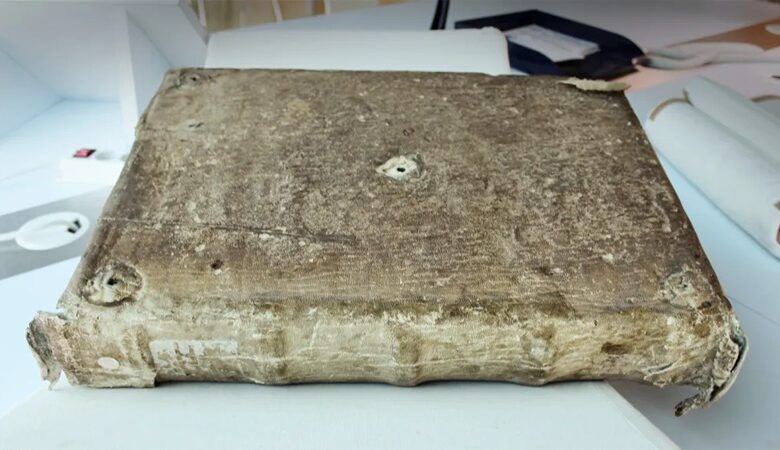Rare books covered with seal skin hint at a medieval trade network
News Mania Desk / Piyal Chatterjee / 9th April 2025

Science aids researchers in assessing books by their covers — while also uncovering unexpected beneficiaries of medieval trade routes along the way.
Researchers reported on April 9 in Royal Society Open Science that numerous rare, fur-coated books from 12th and 13th century French monasteries are encased in seal skins that could have originated from as far away as Greenland. The results contest the belief that the creators of the books relied solely on local materials and indicate that they were involved in a broad trade system.
The volumes originate from Clairvaux Abbey, established in 1115 by Cistercian monks in northern France, along with its affiliated monasteries. Certain books are almost 900 years old. Scientists believed they were covered with the skin of either boar or deer. However, when book conservator Élodie Lévêque examined them under a microscope, she was puzzled.
The main covers were clearly crafted from sheepskin, yet Lévêque had difficulty determining the type of skin utilized for the furry chemise — the outer protective layer. Thus, she had researchers analyze proteins from chemise samples alongside established animal proteins. It appears that the skins were from seals.
“I was like, ‘that’s not possible. There must be a mistake,’” says Lévêque, of Panthéon-Sorbonne University in Paris. Seals didn’t frequent France’s northern coast at the time, she says. “I sent it again, and it came back as seal skin again.”
Comparing DNA from five chemises with DNA from seals confirmed that the covers were indeed seal skin. Four of the chemises are genetically similar to harbor seals from Scandinavia, Denmark and Scotland, while the fifth chemise is genetically similar to harp seals, likely from Greenland or Iceland. The researchers visually identified other furry chemises and eventually cataloged 43 seal-skin books.
Norse hunters in those areas might have hunted seals and traded their skins to northern France via trade routes, according to Lévêque and his team. The team suggests that the monks might not have realized they were using seal skins to cover their books.





